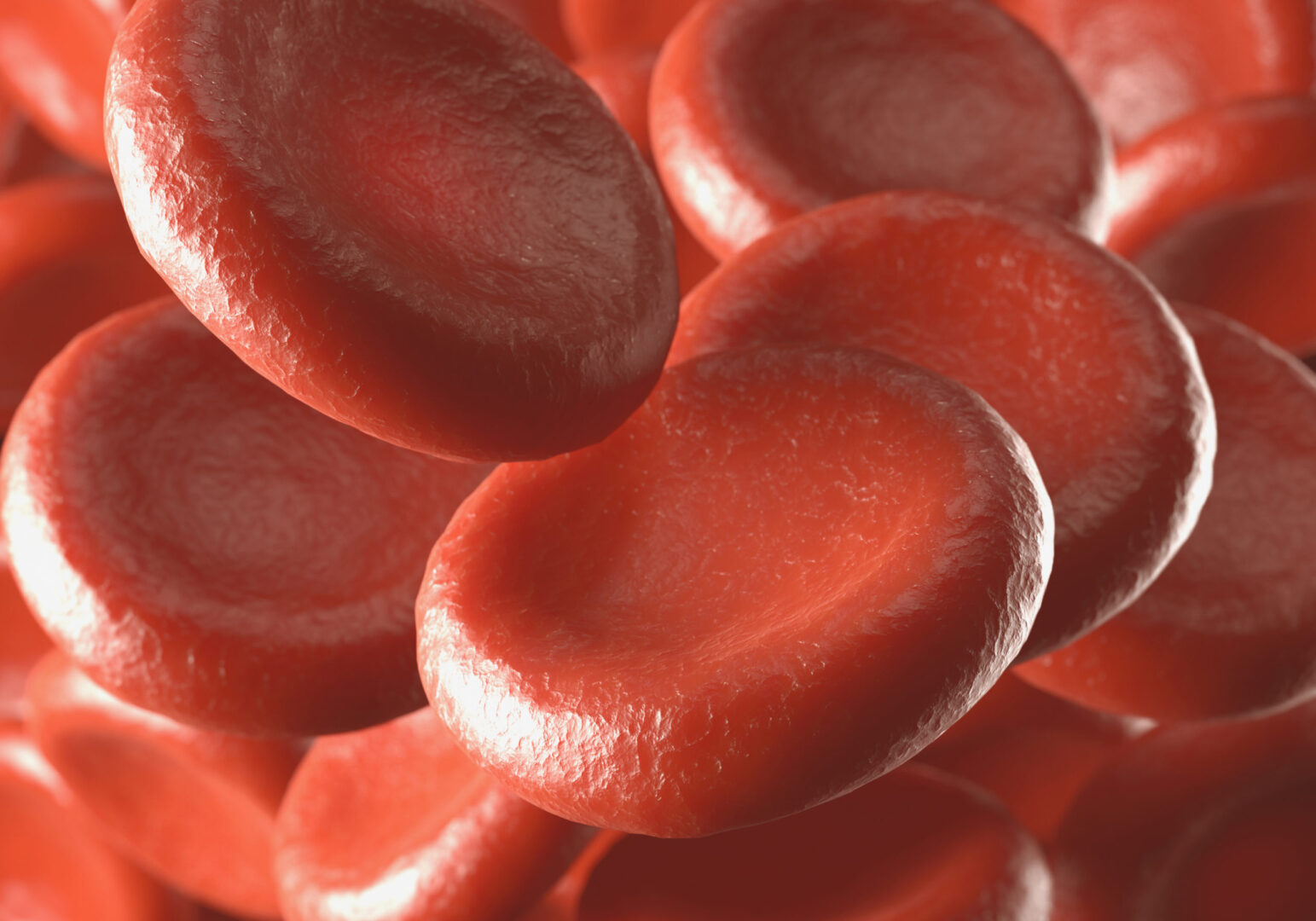Learning objectives
- Recognize the signs and symptoms of a perioperative adrenal crisis
- Be able to treat a perioperative adrenal crisis
- Anesthetic management of a patient on chronic steroid therapy
Definition and mechanisms
- Chronic steroid therapy is used in the treatment of many common conditions (e.g., inflammatory bowel disease, rheumatologic disease, asthma, chronic obstructive pulmonary disease, and immunosuppression for transplant recipients)
- Patients on chronic steroid therapy may develop secondary adrenal insufficiency
- Patients on chronic steroids may experience HPA axis suppression
- Result in low CRH and ACTH levels, leading to atrophy of the adrenal zona fasciculata and a decrease in cortisol production = secondary adrenal insufficiency
- The renin-angiotensin-aldosterone system remains intact
- No mineralocorticoid deficiency
- Inadequate cortisol levels may predispose to vasodilation and hypotension
- Secondary adrenal insufficiency can manifest as an adrenal crisis in the perioperative period
Hypothalamic-pituitary-adrenal (HPA) axis
- Acute physiologic or psychologic stress activates the HPA axis
- Hypothalamus produces corticotropin-releasing hormone (CRH)
- CRH stimulates the production of adrenocorticotropic hormone (ACTH) in the anterior pituitary
- ACTH signals cortisol production in the adrenal glands
- Cortisol production is self-regulated via negative feedback loops, leading to decreased production of CRH and ACTH
Roles of cortisol
- Stimulate gluconeogenesis
- Catecholamine production
- Activation of anti-stress and anti-inflammatory pathways
- Maintain cardiac output and contractility via modulation of β-receptor synthesis and function
- Enhance vascular tone via an increased sensitivity to catecholamines
Signs and symptoms
Signs and symptoms of an adrenal crisis in the awake patient may include:
- Altered mental status
- Abdominal pain
- Nausea and vomiting
- Weakness
- Hypotension
These signs and symptoms are largely absent in the anesthetized patient and nonspecific in the postoperative patient → severe, persistent hypotension that is poorly responsive to fluid and vasopressor therapy
Treatment
Perioperative adrenal crisis can be life-threatening and requires prompt recognition and treatment
- Stress-dose steroids
- Supportive care with fluids and vasopressors
Management
Risk stratification
1. Patients who have been diagnosed with secondary adrenal insufficiency
- Demonstrated by short-acting ACTH test
- Require perioperative stress-dose steroids with dosing based on surgical stress risk
2. Patients at high risk of HPA axis suppression
- Patients treated with a glucocorticoid in doses equivalent to >20 mg/day of prednisone for >3 weeks or who have clinical features of Cushing syndrome
- Perioperative stress-dose steroids with dosing based on surgical stress
3. Patient at low risk of HPA axis suppression
- Patients treated with any dose of glucocorticoid for <3 weeks, morning doses of prednisone ≤5 mg/day, or prednisone 10 mg/day every other day
- Perioperative stress-dose steroids are not required unless these patients exhibit signs of HPA axis suppression
4. Patients at intermediate risk of HPA axis suppression
- Patients on chronic steroid therapy who do not fall into one of the above categories (>5 mg/day but <20 mg/day)
- Refer patients for preoperative testing to determine HPA axis integrity
- Decide whether or not to administer stress-dose steroids based on the patient’s perioperative condition (e.g., hemodynamic status) and surgical risk
Dosing
- Moderate risk surgery: Hydrocortisone 50 mg i.v. q8h x 3 doses
- High-risk surgery: Hydrocortisone 100 mg i.v. q8h x 3 doses
Keep in mind
- Patients on chronic steroids are at risk for an adrenal crisis during periods of stress due to their attenuated ability to mount a cortisol response
- The patient’s risk for an adrenal crisis must be weighed against the risks of unnecessary steroid supplementation
Suggested reading
- Liu MM, Reidy AB, Saatee S, Collard CD. Perioperative Steroid Management: Approaches Based on Current Evidence. Anesthesiology. 2017;127:166-172.
We would love to hear from you. If you should detect any errors, email us customerservice@nysora.com







